Are you looking for a simple method to save water and money on your farm? Well, we have 10 for you!
Water is the lifeblood of agriculture, and in natural farming, it is essential to find effective ways to make every drop count.
This is even more essential in drought-stricken areas or where the public water system is the primary source of irrigation to your farm, and you wish to keep your water bill to a minimum.
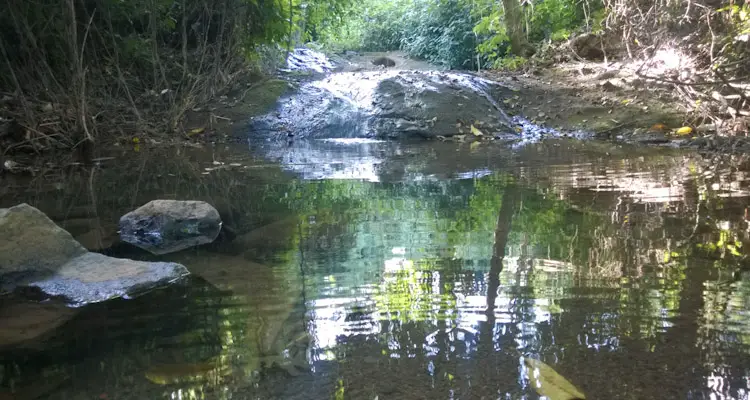
In this blog article, we’ll explore 10 practical, sustainable techniques to help you succeed in your natural farming journey while preserving our precious water supplies.
So, let’s get started with one of the most critical but often overlooked method:
1. Rainwater Harvesting
Rainwater is the main source of freshwater on earth. It fills streams, wells, ponds, and lakes — and eventually finds its way into our taps.
If left unchecked, most of this water flows directly into the sea, carrying away other valuable resources in the process.
As a result, you should harvest as much water as possible and store it in the soil, suitable storage containers, or structures to make the best of this incredible gift.
You can do this by simply collecting rainwater from your roof into a water storage tank or by building water-harvesting structures, such as bench terraces, ponds, and swales, to either stop, slow, or allow the water to soak into the ground.
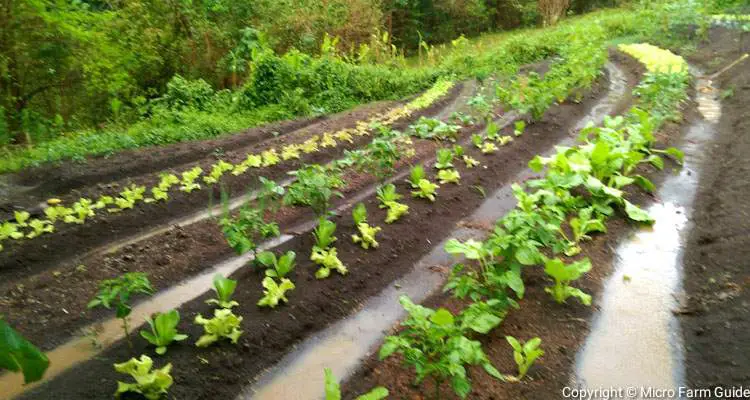
This not only eases the burden on local water sources but also saves money on your water bill.
However, it would be best to consider local water use and harvesting regulations when deciding which technique suits your farm.
And even if you manage to collect a lot of water, you need to use it wisely. For this, we usually suggest using techniques such as:
2. Drip Irrigation
Drip irrigation delivers water where needed most, close to the plant’s roots.
The water is delivered via a drip pipe or tape, and as the name suggests, it drips in one spot until the water source is turned off.
The exact amount of water is controlled by the type, size, and spacing of the emitters used on the line.
This way, different plants get the water they need at a rate that allows the water to slowly soak into the soil.

In advanced systems, you can configure or even automate the drip system to activate only when needed.
This helps to reduce water wastage due to runoff and limit the amount of water that evaporates, especially when combined with another method such as:
3. Mulching
Mulching covers soil with materials like straw, leaves, or landscaping fabric.
It helps maintain moisture, keeps the soil cool, and prevents pesky weeds from stealing precious water from your crops.
Mulching provides excellent conditions for the roots of plants, soil creatures, and microorganisms — all of which assist in improving the soil.
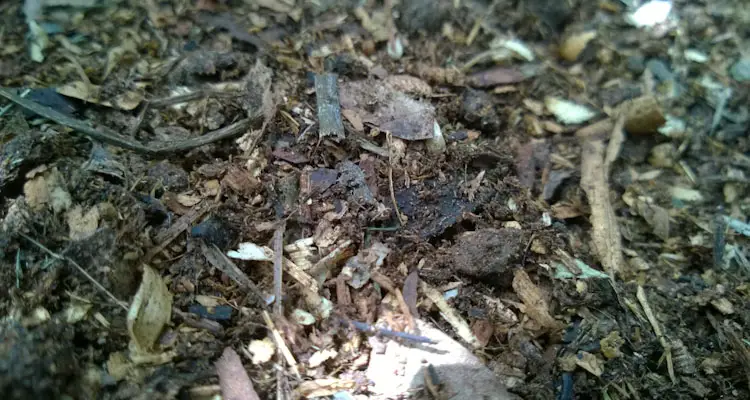
Depending on the type of mulch you use, it can also add valuable nutrients to the soil over time.
You can hasten this process by creating ideal conditions in the soil. Sometimes, you may even need to introduce additional microbes through the use of:
4. Microorganism Solutions
Microorganisms are like the secret heroes of your farm, helping you improve your soil’s structure.
They break down organic matter, making it easier for the soil to retain moisture while allowing excess water to penetrate deeply.
However, not all soils have the right type or quantity of microorganisms needed for certain crops.
As a result, you can either wait until they multiply naturally or you can introduce suitable microbes to your system.
You can do this by applying a solution that contains a wide assortment of indigenous microorganisms.
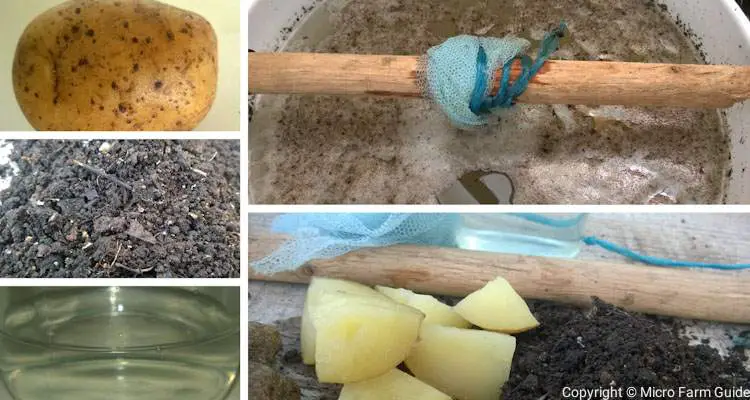
These microorganism solutions are easy to make but are essential to:
5. Soil Improvement
Healthy soil equals happy plants! As a result, whatever you do to improve your soil’s structure, nutrient content, or overall quality is well worth the effort.
Ultimately, you want your soil to be like a sponge, which can hold onto water but is porous enough to allow excess water and air to flow freely.
You can achieve this by amending the soil with various materials, such as compost, or providing the conditions for microorganisms to work for you.
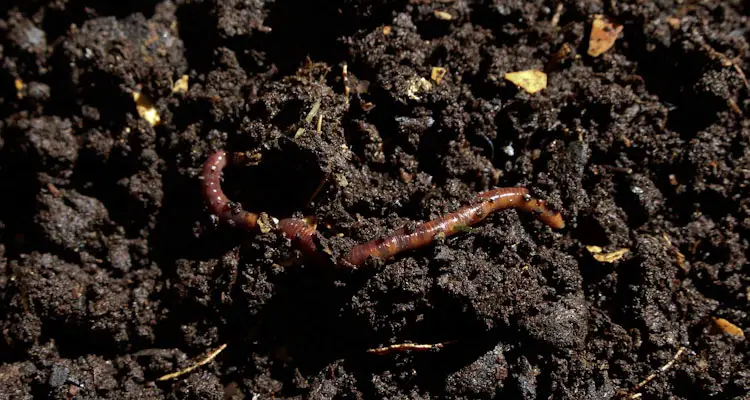
Sometimes, your soil may already have the right balance of particles such as clay, sand, and silt, but if you want to get them to mix properly, you will need to:
6. Use Organic Matter
Organic matter is like magic for your farm. Not only does it hold onto water like a pro, but it also enriches the soil, creating a nurturing environment for your crops.
Additionally, the organic material used can influence the type of microorganisms, creating conditions suitable for specific crops.
For example, you encourage the growth of beneficial bacteria by using mainly grasses, leaves, and other high-nitrogen organic materials.
These bacteria are well-adapted to breaking down high nitrogen materials and exchanging nitrates, which are great for leafy plants, including weeds.
On the other hand, you create a more balanced soil environment by using a mixture of organic material that also contains woody material.
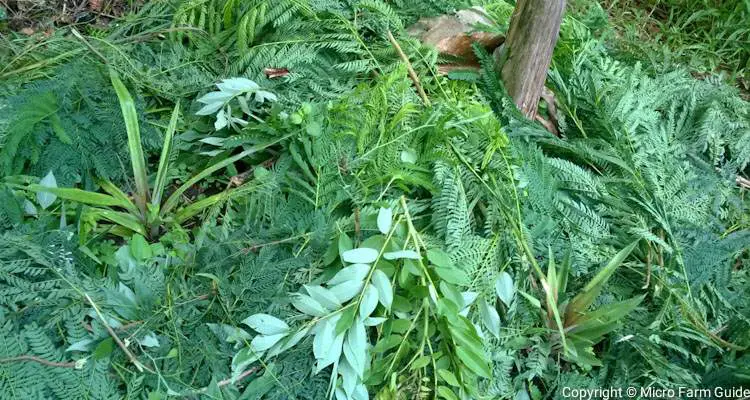
This will encourage growing beneficial fungi and balance the bacteria population, making it suitable for other crops and lessening weeds.
Now, this is only scratching the surface of the Soil Food Web theory.
Still, it’s enough to show just how powerful organic material is in modifying the structure and water-holding capacity of the soil.
That said, if you want to make the best of these fantastic conditions, you will then need to take a look at:
7. Companion Planting
Think of companion planting as nature’s version of teamwork, both above and below the soil’s surface.
Plants have different needs regarding nutrients, water, light, and even depth.
As a result, certain plants grow well together and support each other’s growth. Some even share nutrients, water, and protect their neighbors from pests.
When spaced properly, plants’ canopy can cover the entire surface of the soil, reducing evaporation while protecting it from erosion.
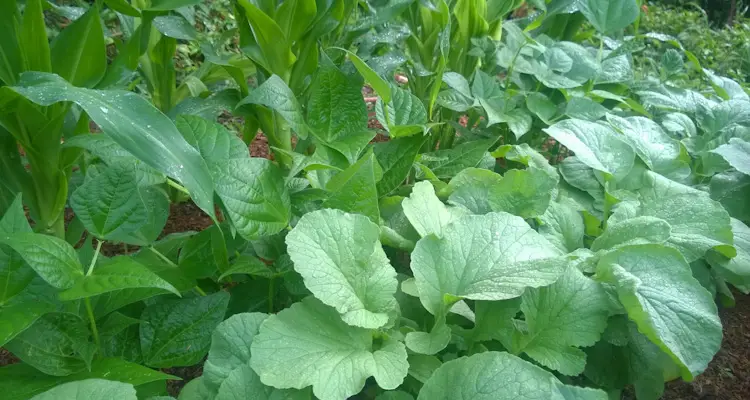
Below the surface, this diversity of plants and their needs also encourages the growth of various microorganisms, which help to improve the soil’s water retention capacity.
However, if you want to further enhance this biodiversity and ensure you have permanent live roots in the soil, you should consider adding:
8. Native Plants
Native plants are well-adapted to your local climate. In most cases, they are drought-tolerant or require less water due to their deep rooting system.
These plants often provide homes and food for local wildlife, help prevent soil erosion, and serve as a source of organic matter for our farms.
Sometimes, their roots also act as a check to slow the flow of water, allowing it time to sink into the soil.
You can even grow native trees to provide shade in certain parts of your farm and prune them when needed since they can regrow.
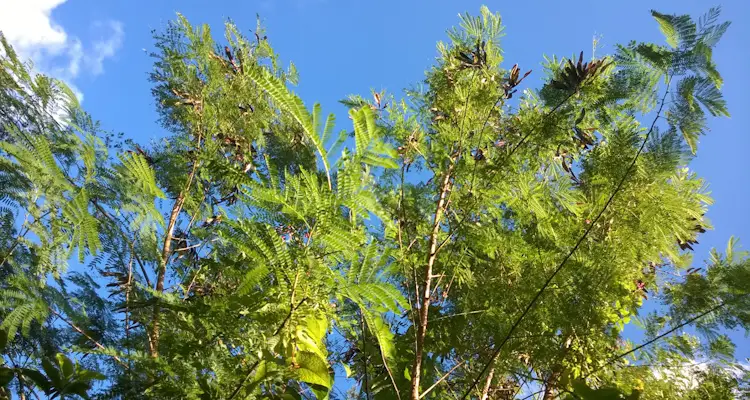
This ability is convenient since you have some control over the amount of sunlight and the force at which the water hits your soil.
But if you want to get the best out of these techniques, you will have to pay attention to:
9. Proper Timing
In natural farming, we aim to be in sync with nature. And for the most part, we try our best to plant in a way that requires the least effort.
Planting during the ideal season plays a huge role in minimizing the amount of effort we have to put into activities such as watering fields. In short, we plant and allow nature to handle the rest.
However, in areas with uncertain rainfall or little access to natural water sources, we will need to make the best of our water.
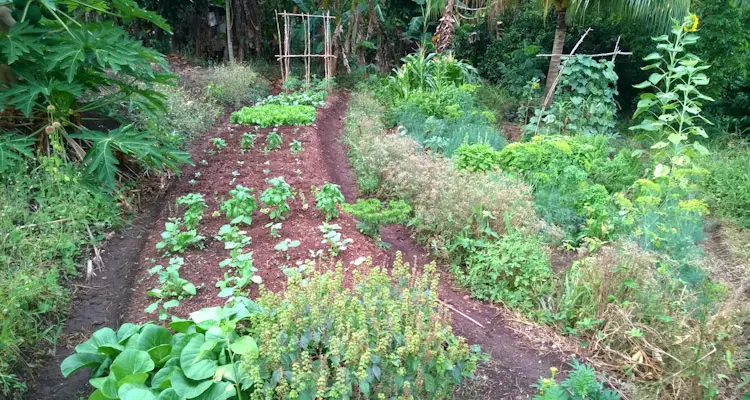
Sometimes, choosing the ideal time of day that works for you will be necessary. For example, watering plants before sunrise helps to reduce water loss due to evaporation by allowing the water to sink into the soil before the surface is exposed to intense sunlight.
This may or may not be the case with your soil, climate, or general growing climate, which highlights the need for continuous:
10. Education and Monitoring
Knowledge is power! Learning about water-saving techniques and monitoring your water usage can help you make informed decisions.
You’ll have to do some additional research. Note all the resources, materials, and equipment you have.
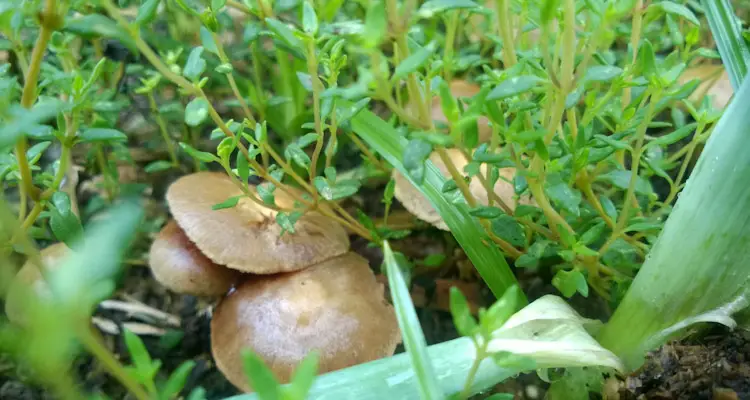
In some cases, you already have what you need to get started. Still, you can spend a small fortune without the necessary information — it is a hard lesson to learn.
And don’t worry if there is much information to take in initially. You will get the hang of the basic concepts over time and be able to determine which methods work best for your system.
Final Thoughts
If you’re genuinely interested in water conservation, please consider using these techniques.
Remember, every drop of water saved counts, and as stewards of the land, it’s our responsibility to learn the best way to do so on our farms.
However, be mindful of regulations concerning the collection and use of water in your area.
Also, while our main aim is to save water, these methods can save us money, time, and a lot of hard work.
As a result, you will need to take the time to research the necessary information and learn how to apply these conservation techniques to your specific situation.
To assist with this, you can check our Natural Farming page for information on natural farming systems, principles, and practices.
So, try these methods and watch your farm thrive while saving our valuable water resources!
Related Questions
1. What is the conservation of natural water sources?
Conservation of water refers to the collection, protection, and controlled use of water to ensure we can sustain a reliable supply over time.
2. How can we conserve and protect water resources?
We can conserve and protect water resources by using them wisely, e.g., turning them off while not in use and avoiding using chemicals that can contaminate them.
3. What are the strategies of water conservation?
The main strategies to conserve water are to store it in tanks or other storage structures, protect it from evaporation, and slow its speed as it runs off the surface of slopes to allow it to soak into the soil.
References
TECA. Water Management In Organic Agriculture. teca.apps.fao.org. Accessed September 2023
PennState Extension. Water For Agriculture – Conservation Practices. extension.psu.edu. Accessed September 2023
Texas Water Development Board. Agriculture Water Conservation: Irrigation Water Use Management. (PDF) Accessed September 2023

